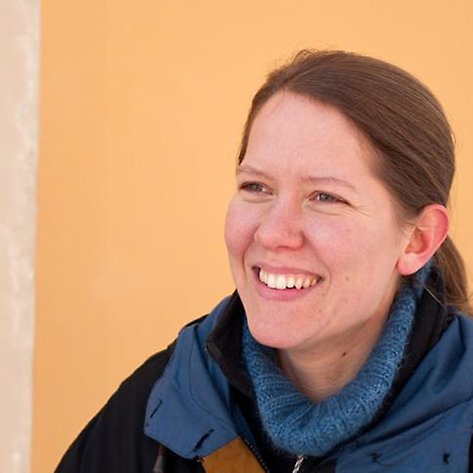The network diving deep into anxiety

Both of the researchers behind the initiative, Maling Gingnell and Ylva Söderfeldt, have found talking about something as concrete yet as multifaceted as anxiety to be extremely rewarding – both in terms of research and language. Photo: Getty Images
Anxiety is so much more than a rapid heartbeat, sweat and panic. For two years now, a network at Uppsala University has been meeting to discuss the phenomenon from an interdisciplinary perspective. According to those behind the initiative, this has led to a new understanding of anxiety which could lead to more people taking charge of their health.
In what ways does anxiety present itself? Clinical researchers often talk about the biological aspects, such as rapid heartbeat, sweating and raised hormone levels. But anxiety can also take different forms depending on the era and cultural context.

Ylva Söderfeldt is an associate professor and seniorlecturer in the history of science of and ideas. She isalso Director of the Centre for Medical Humanities.Foto: David Naylor
Such discussions led to Maling Gingnell, psychiatrist and researcher in psychology, and medical historian Ylva Söderfeldt deciding to start an anxiety network at Uppsala University.
“Anxiety became a focused way of talking about this. What is the relationship between what you see in your research and what I see in my research? It then became evident that there were many more people who were interested,” explains Söderfeldt.
Since it started two years ago, some forty researchers have joined the network. Their day-to-day research ranges from philosophy and literature to archaeology and game design. Together they have held discussions and seminar series with invited guests.
“Anxiety in particular proved to be a successful subject on which to focus more, as it is something that can be tackled whether you come from teaching, theology, linguistics or applied treatment research,” notes Gingnell.
During the meetings, they had a chance to learn more about therapeutic video games, for example, which can be used to help people learn to be present in their anxiety. They were also given information about teachers’ efforts to manage children’s maths anxiety.
There has been a lot of focus in recent times on “needing to talk about mental health issues”. At the same time you both launched this network. Might there not be too much focus on anxiety?

Malin Gingnell is a researcher in psychology and psychiatry and ST Doctor in psychiatry. She is also Director of the Centre for Women’s Mental Healthduring the Reproductive Lifespan, WOMHER. Photo: Niklas Hörberg
“That can pose a problem. We sometimes talk about ‘patient creation’, where anxiety almost becomes akin to an identity, at which point I feel it can become more of a hindrance than a help,” explains Gingnell.
Söderfeldt adds that there is a risk of problems becoming individualised when their root actually lies elsewhere. People living with mental health issues risk believing that there’s something biologically wrong with them, when in actual fact it may be society that’s at fault.”
However, even if there may be risks, both feel that the discussion is the right way to go.
“Compared to the danger of not talking about mental health, I would say that the other risks are negligible. We can better prevent mental health issues by talking and giving people a voice. Giving people terms to use means giving them power, and that is what I believe we should be working on as researchers,” adds Gingnell.
“What we in the anxiety network are trying to help ensure is that this discussion moves in the right direction, or in a way that entails less of the risks we’ve been discussing,” notes Söderfeldt.
Sandra Gunnarsson
